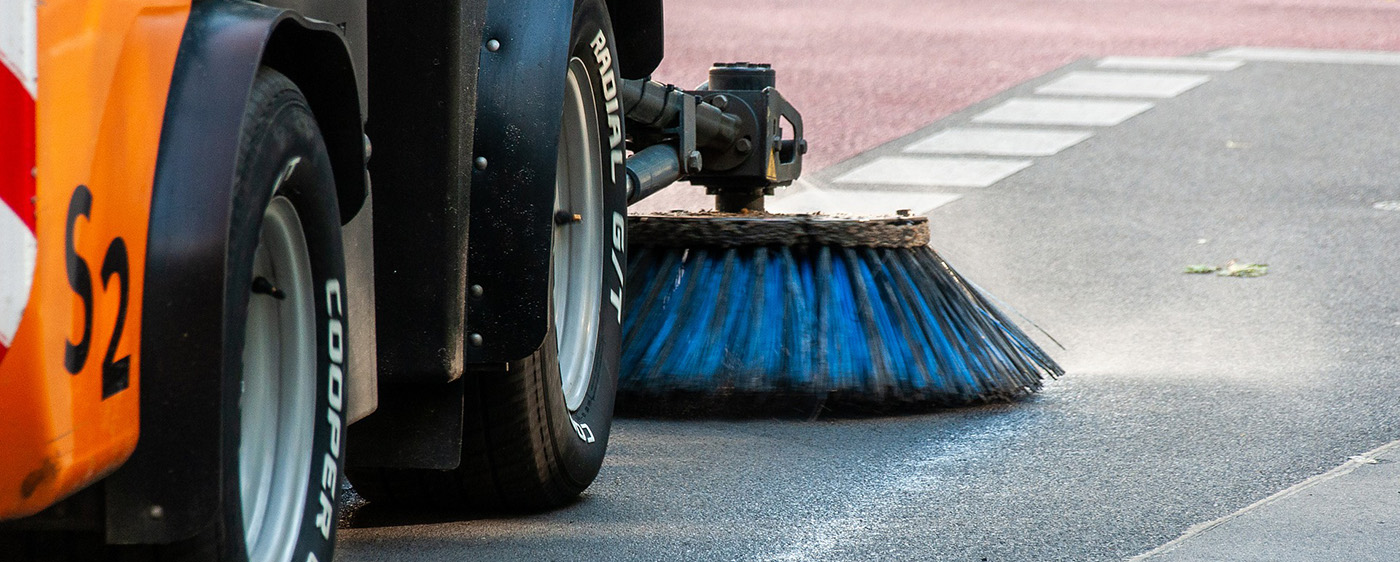
ISGP: BMPs
BMPs (best management practices) are not just things that you buy from a catalog or from a warehouse, or things you do once and don’t need to think about again! Often the most effective BMPs are actually behavioral, managerial, or operations-based, and they set up the site for long-term success.
The ISGP has identified those BMPs that are required on all sites as a minimum but also provides lists and guidance for all other BMPs categorically so that you can select and apply them as needed in response to monitoring that identifies exceedance of permit benchmarks. This response is called a corrective action. Below are BMPs used for industrial stormwater management as identified categorically.
The BMPs utilized need to be identified and maintained as outlined in the SWPPP, and all maintenance logs and records should be kept with the SWPPP on-site or readily available.
Operational BMPs
Operational BMPs are often defined by the term “good housekeeping”, which is much as it sounds: It is taking good care of the property, keeping it clean and orderly, and ensuring it is maintained, similar to what you would do in your house. It mainly entails putting things away and under cover, vacuuming, cleaning up after making a mess or having a spill, and making sure that staff is trained to understand the importance of good housekeeping and to try to keep it clean. As mentioned in the Corrective Action Page, operational BMPs are implemented as a level I corrective action.
Structural BMPs
Structural BMPs separate potential pollutant sources from being contacted by precipitation and carried by stormwater. They often take the form of roofs, berms, or ditches. These BMPs are highly effective but can require capital investment into a property as well as engineering and construction permits. Structural BMPs are also used as a Level II corrective action response.
Treatment BMPs
Treatment BMPs take many forms from passive filtration to sophisticated flow-through systems with pumps and filters – and everywhere in between. Some focus on media performing pollutant removal, some use polymers called and some use both. Some systems are below ground and some are above. Every site has unique considerations and many treatment BMPs go through feasibility studies, engineering, and permitting to be implemented on a property.


